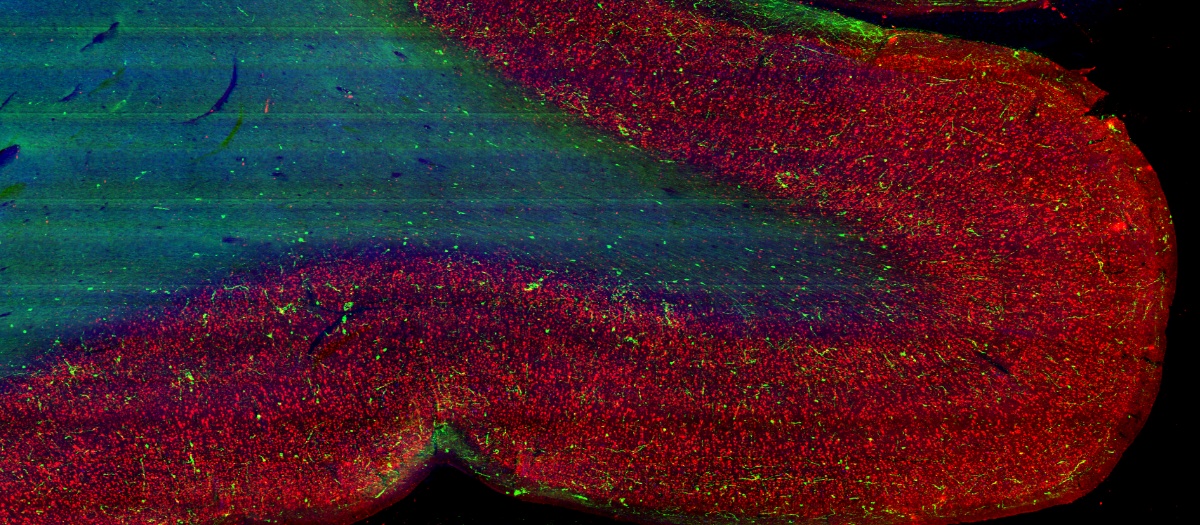
An international research effort involving researchers from the University of Florence and the National Research Council (CNR) in Italy, conducted at the European Laboratory for Non-Linear Spectroscopy (LENS), has achieved the first mapping of the human brain area dedicated to language. The study is published in Science Advances.
The researchers conducted the first high-resolution neuronal mapping of the portion of the human brain dedicated to language, known as Broca's area. The research was carried out by a team from various international research institutions, including the European Laboratory for Non-Linear Spectroscopy (LENS) based in Sesto Fiorentino (FI), Italy. The Italian researchers, associated with LENS, are affiliated with the departments of Biology, Physics and Astronomy, and Experimental and Clinical Medicine at the University of Florence, as well as the National Institute of Optics of the National Research Council. The research results were published in the journal Science Advances.
The team, led by Francesco Saverio Pavone for the Italian research, a Physics professor at the University of Florence and affiliated with LENS and CNR-Ino, created a comprehensive cellular atlas of the human brain cortex at the single-cell level. Scientists used a combination of advanced imaging techniques and data analysis to jointly reconstruct the cellular architecture of a region of the frontal lobe of the brain known as Broca's area.
A thorough understanding of the types of brain cells and their spatial distribution is essential to comprehend how neural circuits generate complex perceptions and behaviors. The human brain is an extremely complex organ that spans a surprising range of spatial scales, and to understand its properties and functionality, studying its structure in detail across its numerous classes of neurons and visualizing its distribution throughout the brain volume is essential.
The team developed a new way to document and quantify the cellular organization of neurons at the micrometer level while maintaining the macroscopic spatial reference of the entire brain. This approach, applied to a single brain area thus far, could be extended to various areas, even entire hemispheres, in the future, providing fundamental insights into the structure and hence the function of the human brain.
The research project results, integrated into the National Institutes of Health (NIH) program on brain mapping in the U.S. and locally supported by the Ente Cassa di Risparmio di Firenze through the "Human Brain Optical Mapping" project, were obtained through a collaborative effort involving prestigious research centers. These include the Department of Radiology at the Athinoula A. Martinos Center for Biomedical Imaging at Massachusetts General Hospital, the Department of Biomedical Engineering at Boston University, the Nash Family Department of Neuroscience, and the Friedman Brain Institute at the Icahn School of Medicine at Mount Sinai (NY-USA), and the Department of Medical Physics and Biomedical Engineering at University College (London - UK).
Having demonstrated the feasibility of creating a cellular atlas of an identifiable cortical region, the international research team also secured significant new funding of approximately 4.5 million dollars from the National Institutes of Health (NIH) for a three-year project under the American "BRAIN CONNECTS" program (the BRAIN Initiative Connectivity Across Scales). The developed methods will be used to study brain connectivity, particularly in the brainstem area, resolving at the microscopic level not only the types of cells present but also the pathways and neural networks characterizing it, and the connections that govern brain-body functioning.
